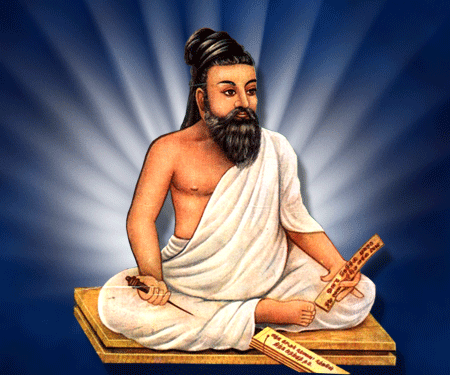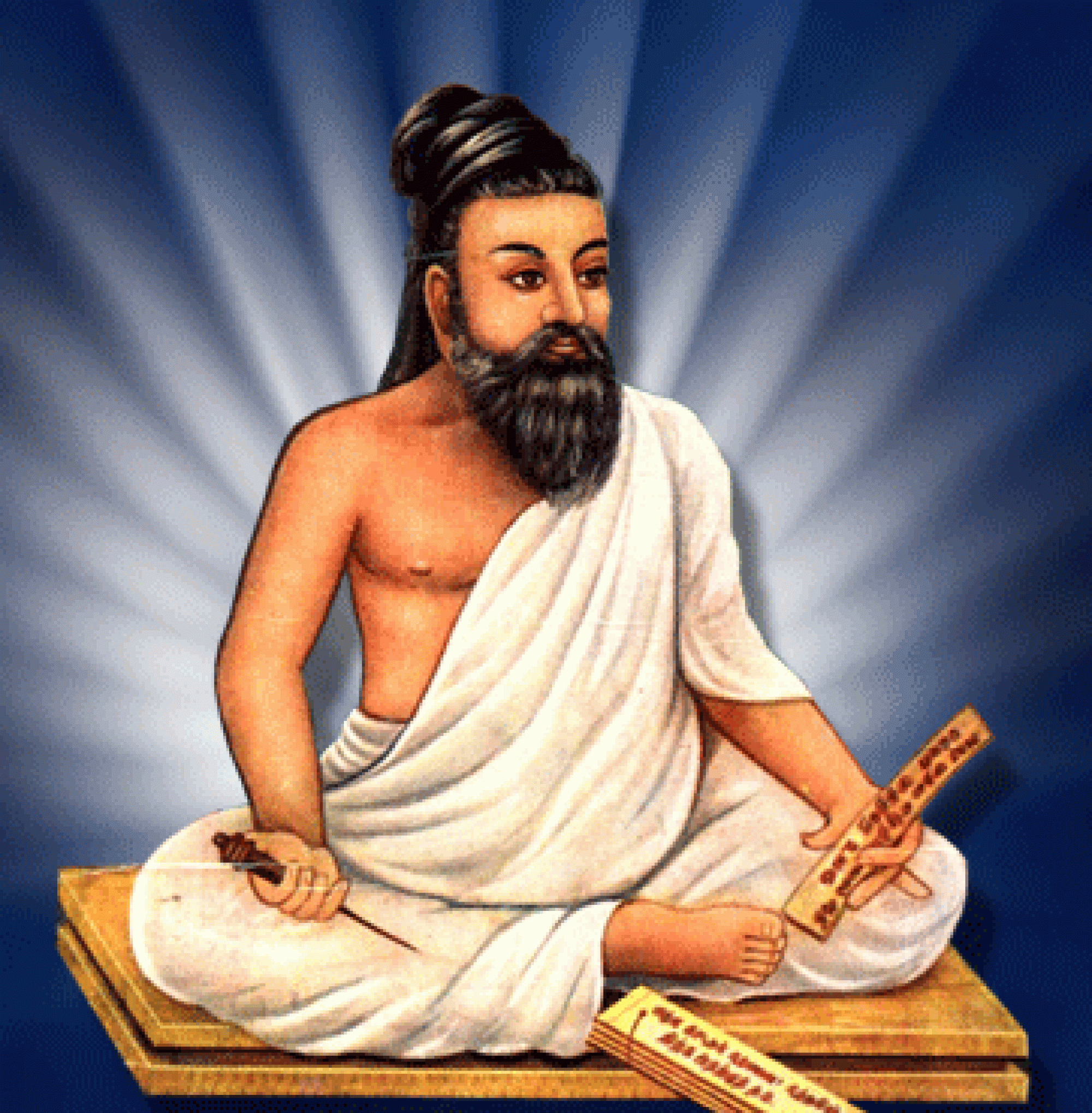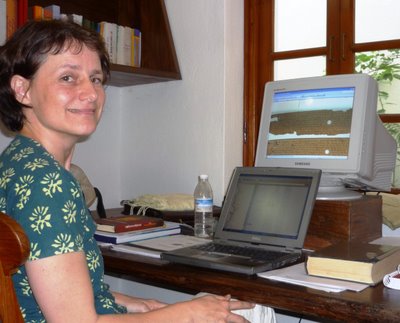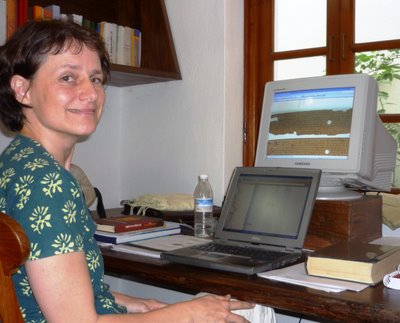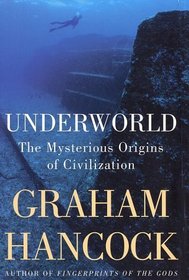 N.Nandhivarman General Secretary Dravida Peravai
N.Nandhivarman General Secretary Dravida Peravai
Dravida Peravai, a political party which wants to set an example what a political party of Tamils ought to do had decided to launch a website for publishing all information about Tamil history in one resource bank which will encompass the history of Tamil spread across continents inclusive of Tamil Eelam. Though we will be coordinating this effort we appeal to scholars all over the world to come forward with research based articles to establish our past to evaluate our present and to set the agenda for future. [ we could not fulfill this dream.then this article was posted in tamilnation.org which wound up on 25 th January 2010. Now to keep the article in public view, I am posting in this blog.
The necessity to launch a history website arose when I read the book “ Kadaikazhaga Noolhalin Kaalamum Karuthum {Period and Message of Sangam Literature 500 B.C to 500 A.D] written by Dr.R.Mathivanan Former Director of Tamil Etymological Dictionary Project of Government of Tamilnadu. In the preface to the book the learned scholar says, “Japanese have preserved their past history spanning to 2440 years, whereas Egyptians and Sumerians recall with pride their 4000 years of history. The 3000-year-old history of Chinese gives them a unique place. But Tamils with 10000 year of history have not brought it to the world arena.
In Chicago Museum a portrait depicting a Tamil climbing a Palmyra tree mentioning him as Tamil came to the notice of Aringnar Anna that was taken up with the authorities. Instead of many cultural achievements of Tamils this portrait showed Tamil in derogative manner, and on protest the portrait was not removed but the word Tamil in the portrait was deleted. Lamenting about lack of a Museum to depict Tamil Culture, the scholar says that he had relied upon the travelogues of foreigners, literary evidences thrown to light in other languages, recent archaeological findings and the findings of historians who have so far dealt with the History of Tamils. His book would be a compilation of all these evidences in a nutshell, he claims. In Rasatarangini the author Kallanar had brought to light the History of Kashmir from 1800 B.C to 1200 A.D. Like this literary evidence which helped to construct the History of Kashmir, in Tamil the book Nankudi Velir Varalaru comprising 1035 poems and written by Arumuga Nayinar Pillai, which was published in 1920 throws light on the Tamil history, the learned author claims.
This book speaks about the family hierarchy of Irungovel, a branch of the Pandyan rulers for 201 generations. This book follows the Kali calendar and narrates the history from 3100 B.C to 1944, hence helps in fixing the date of various rulers and their rule, the author says.
Pandyan dynasty.
Pandyan Palsalai Muthukudumi Peruvazhuthi[ 66th generation]500-450 B.C Karungai Ollvat Perum Peyar vazhuthi[67th generation]450 B.C to 400 B.C Porval Vazhuthi[68th generation]400 B.C to 380.B.C Korkai Vazhuthi-Nartrer Vazhuthi[69th generation]380B.C-340 B.C Deva Pandian[70th generation] 340 B.C-302 B.C Seya Punjan aliasKadalul maintha Ilamperuvazhuthi[71st]302B.C-270.B.C Pasum Poon Pandyan[72nd generation]270.B.C –245.B.C Ollaiyur thantha Boothapandian[73rd generation]245 B.C-220 B.C Pandyan Nanmaran[74th generation]220 B.C-200 B.C Nedunchezhian alias Kadalan vazhithi[75th generation]200B.C-180 B.C Marungai Vazhuthi[76th generation] 180 B.C-160 B.C Pandyan Uthaman alias Puliman vazhuthi[77th ]160B.C-150 B.C Pandyan Keeran Sathan[78th generation]150 B.C-140 B.C Kaliman Vazhuthi alias Andar magan Kuruvazhuthi[79th ]140-120 B.C Pandyan Yenathi @Nedunkannan [80th ]120 B.C-100 B.C Korkai Vazhuthi@ Irandam Pasum Poon Pandyan[81st ]100-87 B.C Deva Pootanan@ Ilavanthikai palli tunjiya Nanmaran[82nd ]87-62 B.C Thalayanankanathu Cheru Vendra Nedunchezhian[83rd ]62-42 B.C Kanapereyil kadantha Ukkira Peruvazhuthi[84th ]42 B.C-1 A.D Pandyan Arivudainambi {Purananooru 184][85th ]A.D 1- 30 A.D Velliyambalathu tunjiya PeruVazhuthi[86th ]30 A.D-60 A.D Ariyapadai Kadantha Nedunchezhian [87th ]60 A.D-117 A.D Vetriver Chezhian [88th generation] 117 A.D-160 A.D. Nedunchezhian II [89th generation]160 A.D –198 A.D Ukkira Maran@ Chitramadathu tunjiya Nanmaran[90th ]198 A.D-220 A.D Pannadu thantha Maran Vazhuthi[91st ] 220A.D-250 A.D Koddakarathu tunjiya Maranvazhuthi[92nd ]250 A.D-270 A.D Thennavan Ko [93rd generation] 270 A.D-297 A.D Parakirama Bahu @ Nalvazhuthi[ 94th generation 298A.D -310 A.D Kaliyan Koothan [ 95th generation]………………………………. Kadalan Vazhuthi [ of Kazhugumalai inscriptions] [96th generation Porkai Pandyan [98th generation]………………………………….. Pandyan Kadunkhon [103rd generation] 475 A.D-490 A.D Ukkira Pandyan [103rd generation] —–498 A.D Somasundara Pandyan [105th generation] 498 A.D-540 A.D.
113 year Pact between Three Tamil Emperors
The Nandhas who ruled North India had fraternal relationship with Three Tamil Emperors but the Mauryas who followed them invaded South India. Imayavaramban Neduncheralathan marched up to Himalayas and inscribed his country symbol, which could not assimilated by the Mauryas who came to Chera country as act of revenge. But the Mauryan armies did not sneak into Chozha territory. This invasion brought home the need to remain united, the call given even now by Kalaignar M.Karunanithi but with no useful purpose to alter ground reality on Tamil disunity. The unity urge united the Three Tamil Emperors who met to sign a Pact of Cooperation in the year 313 B.C, the author Dr.Mathivanan says. Imayavaramban Neduncheralathan, Karungai Olvat Perumvazhuthi and Deva Pandian [ 70th] jointly signed the declaration of unity that lasted for 113 years. This Treaty of Tamil Unity stood as a rock protecting Tamil lands from Northern invaders. In the final years of the unity era during 200 B.C, in the Chozha Emperor Karikalan II’s court Poetess Mudathamakanniyar who wrote Porunaratrupadai witnessed the rare scene of Three Tamil Emperors sharing same dais which she records in her Porunaratrupadai [53-55]. Poet Kumattor Kannanar who wrote the second ten in Pathitru Pathu also records the historical meeting of Three Tamil Emperors for which he stands as eyewitness. Later in 42 B.C, Poetess Avvaiyar also had the luck to see Three Tamil Emperors together in a rare scene of Unity among Tamils. That unity did not last nor the lessons of unity learnt till date by Tamils.
THE CHERA EMPERORS:
1.Vanavan @ Vanavaramban [430-350 B.C] 2.Kuttuvan Uthiyan Cheralathan [350-328 B.C] ruled for 22 years 3. Imayavaramban Neduncheralathan [328-270 B.C] ruled for 58 years 4. Palyaanai Chelkezhu Kuttuvan [270-245 B.C] ruled for 25 years 5. Kalangaikanni narmudicheral [245-220 B.C] ruled for 25 years 6.Perumcheralathan [220-200 B.C] ruled for 20 years 7. Kudakko Neduncheralathan [200-180 B.C] ruled for 20 years 8. Kadal Pirakottiya Velkezhu kuttuvan [180-125 B.C] ruled 55 years 9. Adukotpattuch Cheralathan [125-87 B.C] ruled 38 years 10.Selvak kadungo Vazhiyathan [87-62 B.C] ruled 25 years 11.Yanaikatchei Mantharanj Cheral Irumborai [62-42 B.C] ruled 20 years 12. Thagadoor Erintha Perum Cheral Irumborai [42-25 B.C] ruled 17 years 13. Ilancheral Irumborai [25-19 B.C] ruled 16 years 14. Karuvur Eriya Koperumcheral Irumborai [9-1 B.C] 15. Vanji Mutrathu tunjiya Anthuvancheral [B.C 20 – 10 A.D] 16. Kanaikal Irumborai [20-30 A.D] 17. Palai Padiya Perum kadungko [1-30 A.D] 18. Kokothai Marban [[30 –60 A.D] 19.Cheran Chenguttuvan [60-140 A.D] 20.Kottambalathu tunjiya Maakothai [140-150 A.D] 21.Cheraman mudangi kidantha Nedumcheralathan [150-160 A.D] 22.Cheraman Kanaikkal Irumborai [160-180 A.D] 23. Cheraman Ilamkuttuvan [180-200 A.D] 24.Thambi Kuttuvan [200-220 A.D] 25.Poorikko [220-250 A.D] 26. Cheraman Kuttuvan Kothai [250-270 A.D] 27.Cheraman Vanjan [270-300 A.D] 28. Mantharanj Cheral [330-380 A.D] found in Allahabad inscriptions of Samudragupta.
RECONSTRUCTION OF CHOZHA RULE
1.Karikalan I [450-380 B.C] 2. Cheraman Paamaloor erintha Neythalanganal Ilamchetchenni [380-320 B.C] 3.Cherupaazhi erintha Ilamchetchenni [320-270 B.C] 4. Perumpoon chenni [270-245 B.C] 5.Uruva Paikhrer Ilamchetchenni [245-232 B.C] 6. Karikalan II [232-200 B.C] 7. Manakkilli [200-180 B.C] 8. Vel pahradakkai Peruviral Killi [180-160 B.C] 9.Pooravaikopp Perunarkkilli [160-125 B.C] 10. Mudithalai Koperunarkkilli [125-87 B.C] 11.Koperum Chozhan [87-62 B.C] 12. Otrumai Vetta Perunarkkilli [62-40 B.C] 13. Chetchenni Nalankilli @ Maavalathan [40-22 B.C] 14.Kulamutrathu tunjiya Killivalavan [B.C22 – 1 A.D] 15.Kurapalli tunjiya Perum Thirumavalavan [1-40 A.D] 16.Neythalankanal Ilamchetchenni [40-60 A.D] 17. Karikalan III [60-110 A.D] 18. Maavan Killi [110-130 A.D] 19. Nedumudikkilli [130-150 A.D] 20.Chenganan [150-180 A.D] 21. Isai Ve ngilli 180-210 A.D] 22.Kaivankilli [210-240 A.D] 23. Polampoonkilli [240-260 A.D] 24. Kadumankilli [260-285 A.D] 25. Nalladi [285-330 A.D] known by Agananooru 356th poem 26.Chozha Rule in Andhra [300-400 A.D]
Dr.Mathivanan had undertaken a thankless job. We would urge Tamils all over the world to buy the book “ Kadaikkazha Noolhalin Kaalamum Karuthum published by Thilagam Pathipagam 17 E, B-1, 12. K.K.Ponnurangam Salai, Omsakthinagar, Valasaravakkam, Chennai 600087 Tel:044-24861007 or contact the author at: rmvanan@gmail.com Cell: 9283217788.He had been made again as Director of Tamil Etymological Dictionary Project by Government of Tamil nadu.
Basing the Tamil epic Perumkathai, a historical note is hidden in the poem414 of Narkudi Vellalar Varalaru. It says in B.C 701 a Tamil King Udayanan defeated the Aryans and ruled North India. If he had continued to rule or if he had not succumbed to the submissive Aryan pretenders, The Gupta rule could not have come up, the appendix of the book states. Well our scholars will fight like street dogs for centuries instead of fixing the period of Tamil epics or Tamil Kings. It is within the genes of Tamils not to accept another Tamil as scholar. If a white skinned scholar tells all will fall in line. This mentality must go. Nothing wrong in debating but not debating beyond centuries. In 1921 Maraimalai Adigal established that Tamils must follow Thiruvalluvar Calendar alone. But we still follow the Sanskritized Tamil Calendar. This is a curse on Tamils.Let dogs bark but the sun will rise. Let us hail the new dawn of Tamil unity. Let us join hands to reconstruct Tamil history.
11.932880
79.837067
